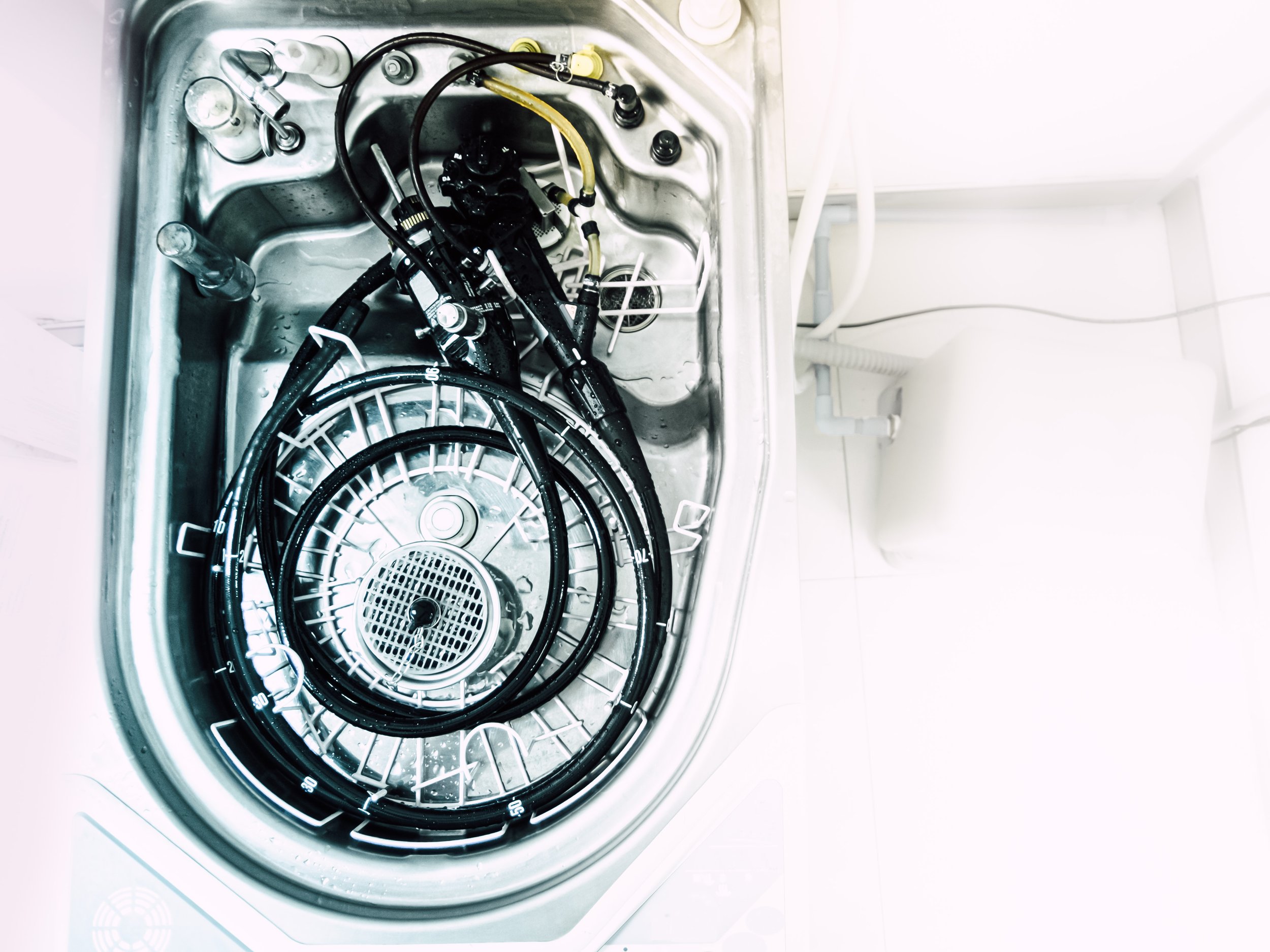Glutaraldehyde vs PAA preformed vs PAA in situ in endoscope disinfection
Information for glutaraldehyde taken from section II A 3 (Juan et al., 2013) is compared below to formulation knowledge of Peracide.
Glutaraldehyde vs In Situ Peracetic Acid
Information for pre-formed PAA taken from section II C 2 (Juan et al., 2013) is compared below to formulation knowledge of Peracide.
Furthermore, section 8.2.1 and 8.2.3 (Beilenhoff et al., 2008) discusses the advantages and disadvantages of glutaraldehyde and peracetic acid disinfectants respectively. 8.2.3 paragraph 2 states “Adverse effects are strongly linked to the pH value of the disinfectant solution, with minimal effects observed in a pH range between 7.5 and 10.0.”. Peracide is formulated to stabilise at a pH of 8-9, which contributes to the reduced material incompatibility and corrosion issues described above.
References
Beilenhoff, U. et al. (2008) ‘ESGE–ESGENA guideline: Cleaning and disinfection in gastrointestinal endoscopy’, Endoscopy, 40(11), pp. 939–957. doi:10.1055/s-2008-1077722.
Juan, M.R. et al. (2013) https://www.sgna.org/Portals/0/Issues/PDF/Infection-Prevention/6_HLDGuideline_2013.pdf. Chicago, IL. Available at: https://www.sgna.org/Portals/0/Issues/PDF/Infection-Prevention/6_HLDGuideline_2013.pdf (Accessed: 11 June 2024).



